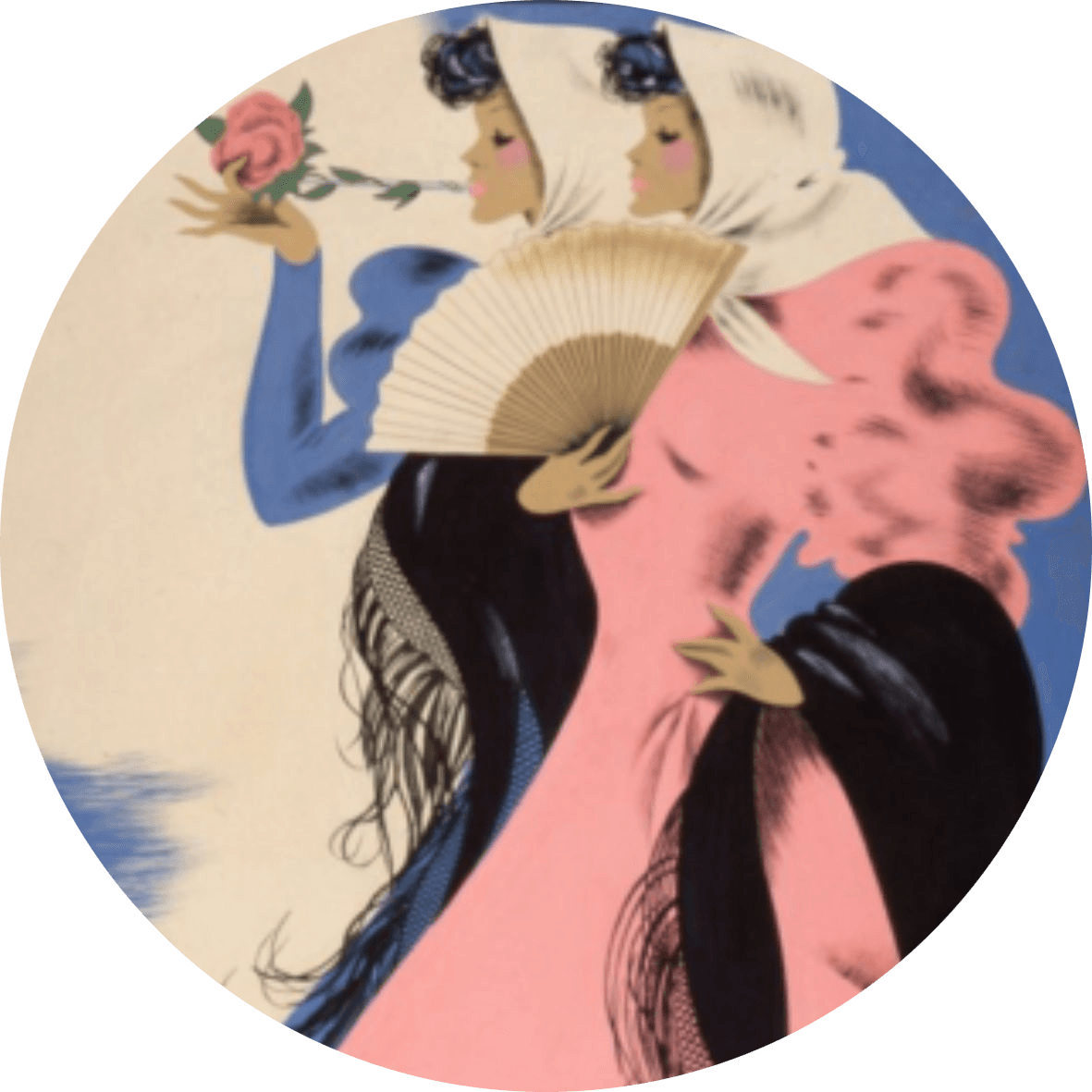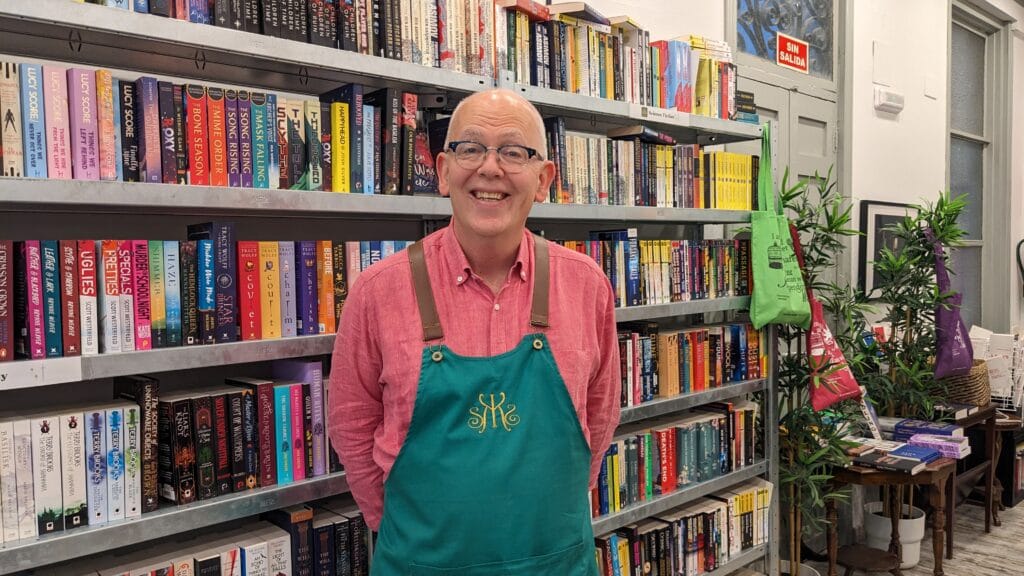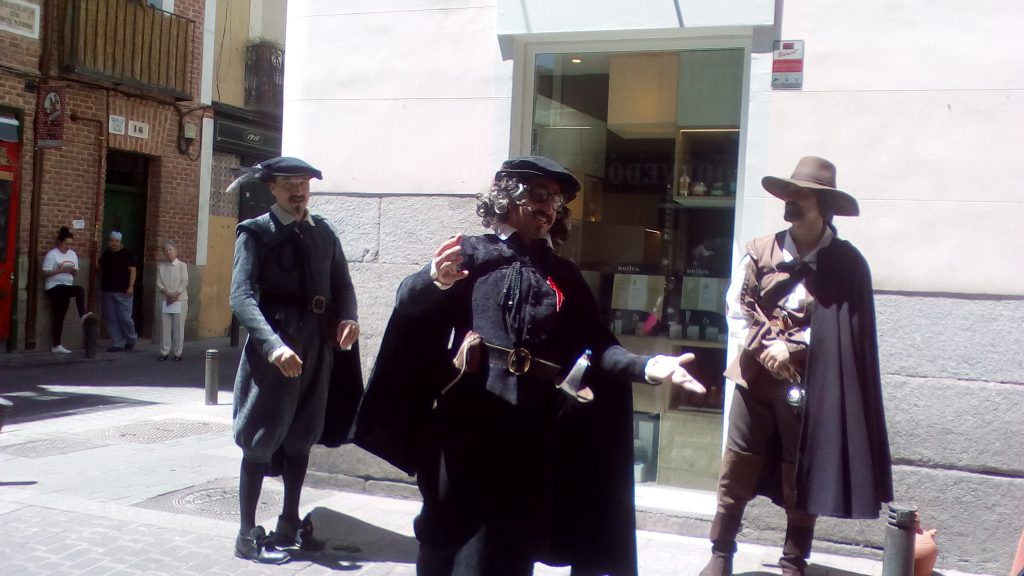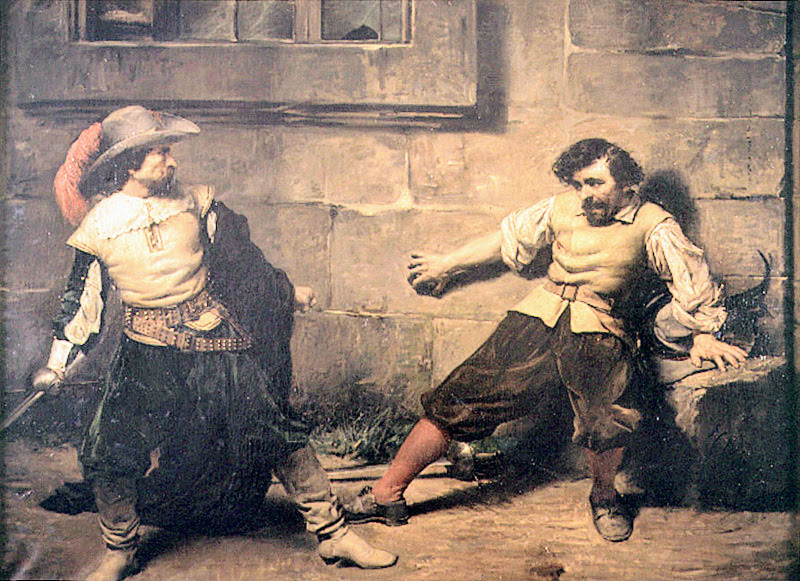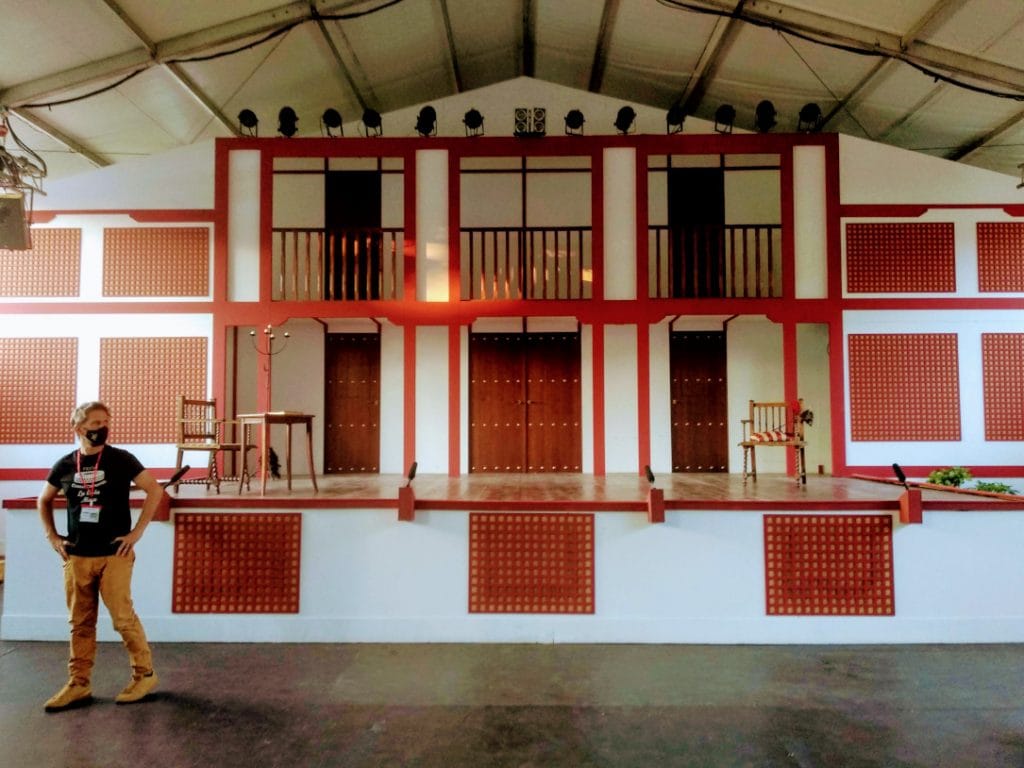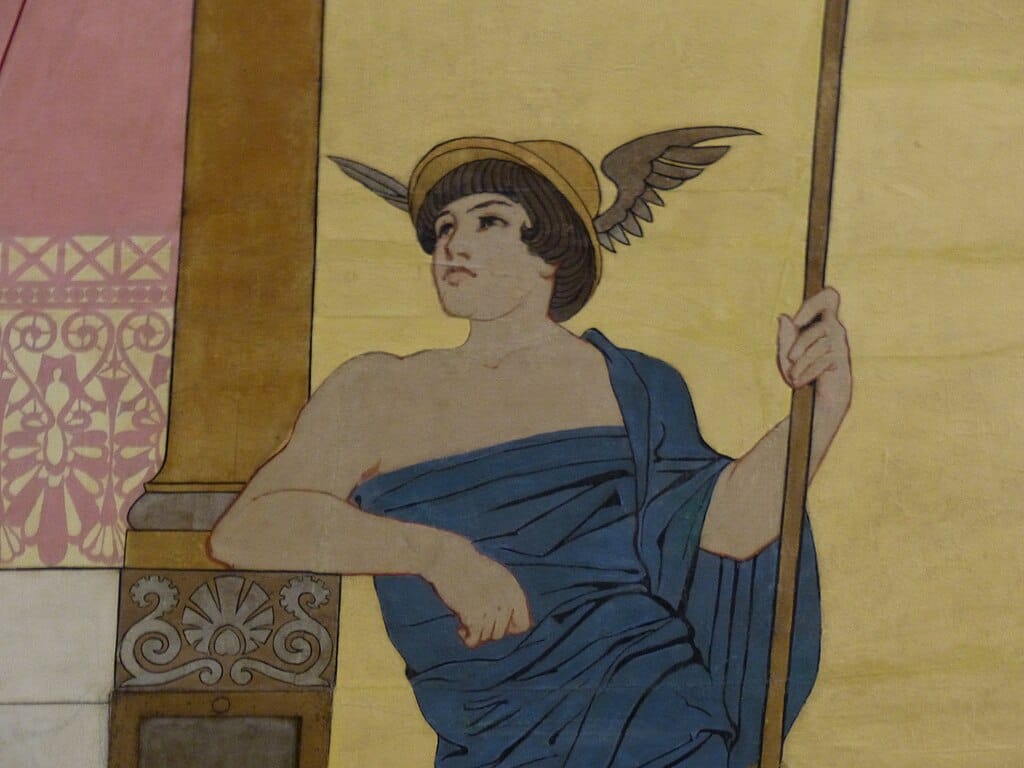When David Price first arrived in Madrid in the 1990s, he stepped into a city that bore little resemblance to the polished capital we know today. As the owner of The Secret Kingdoms bookshop in the heart of Madrid’s literary district, David has witnessed three decades of extraordinary change that transformed Spain’s capital from a “scruffy but charming” post-Franco metropolis into one of Europe’s most cosmopolitan cities.
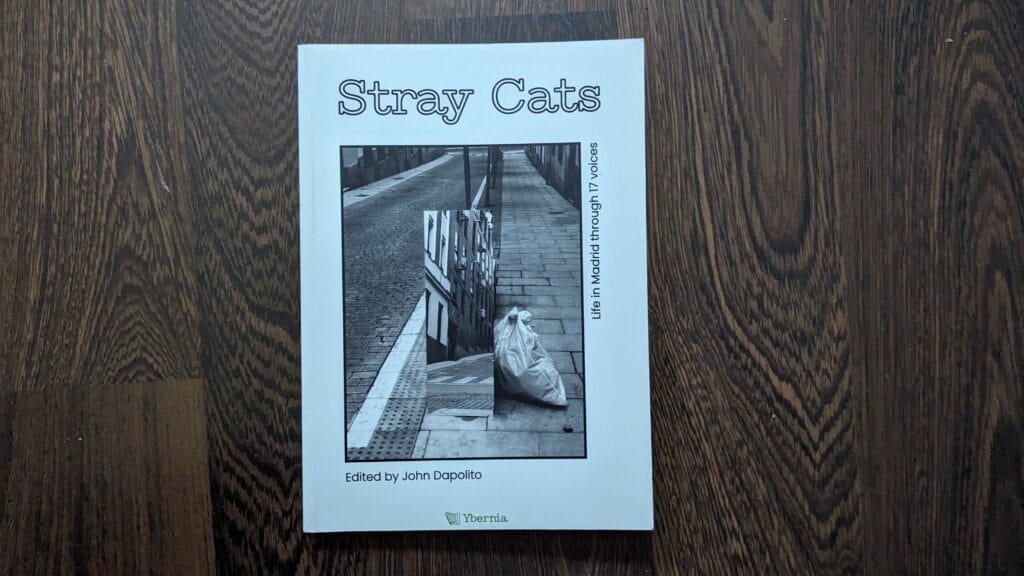
Based on the essay he had published in the recently launched Stray Cats compilation (published by Ybernia and edited by John Dapolito), the following is a summary of comments David made in the opening of the latest episode of the podcast, which also covers his autumnal reading recommendations.
The Wild 90s: A City Finding Its Voice
Picture Madrid in the mid-1990s: buildings covered in graffiti, streets littered with rubbish, and a party atmosphere that lasted 24 hours a day. David arrived at the tail end of the legendary Movida Madrileña – that explosive cultural movement that followed Spain’s transition to democracy. The economic boom was just beginning, but Spain remained one of the poorer members of the European Union.
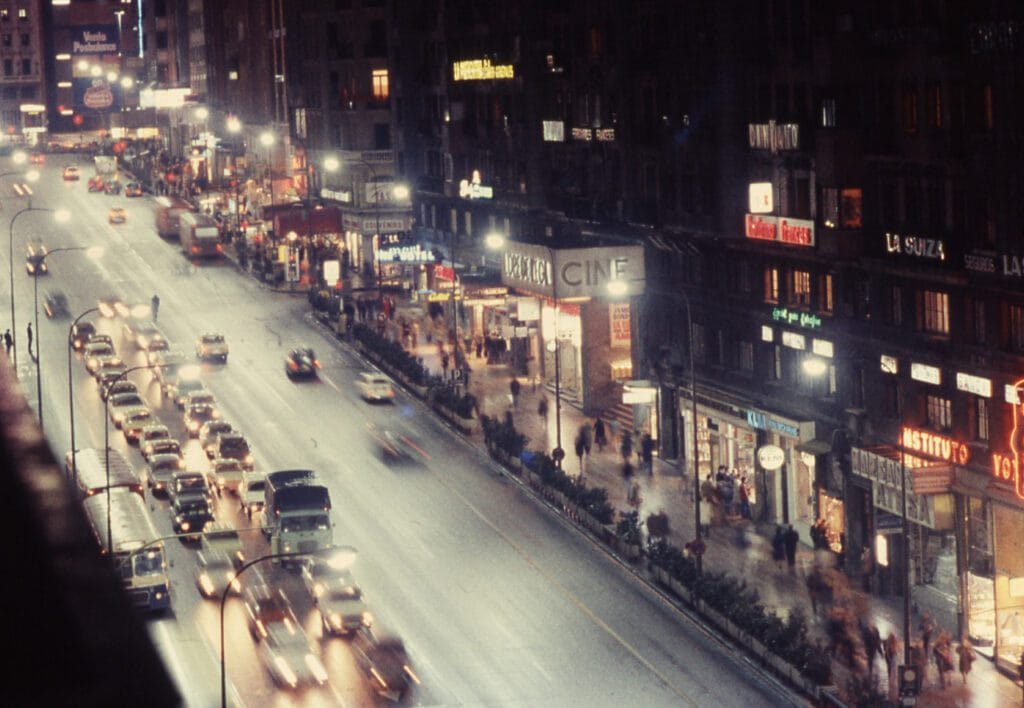
“The center was still very, very scruffy,” David recalls. In his neighborhood of Chamberí – now thoroughly gentrified – twisted tram lines still scarred the roads despite the trams having disappeared years earlier. Around the corner from his first Madrid home stood a ruined convent, its roof pierced by trees and garden transformed into a jungle.
The Turning Point: From Innocence to Modernity
David identifies a crucial moment in Madrid’s evolution: the March 11, 2004 Atocha train bombings. Working in an office on Plaza Colón at the time, he remembers the endless wail of sirens as ambulances raced south to the station. “It was the end of Madrid’s innocence,” he reflects, drawing parallels to how 9/11 changed the world’s perspective just a few years earlier.
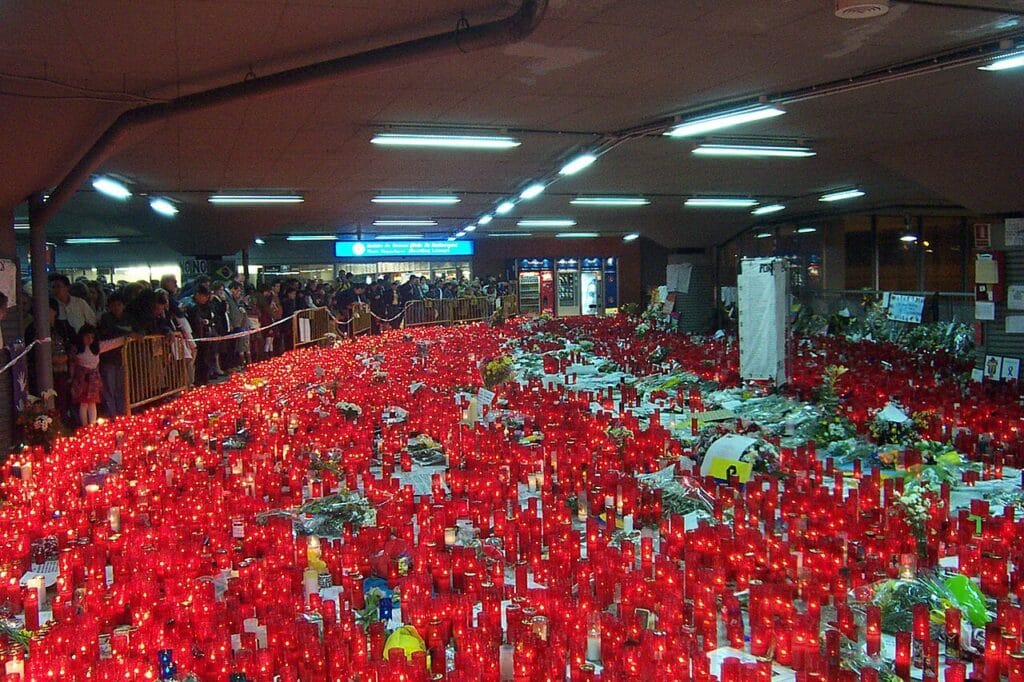
But Madrid’s transformation wasn’t just about loss of innocence – it was about explosive growth and international recognition. The city that once felt provincial began attracting residents from around the world, each bringing their own flavor to Madrid’s evolving identity.
Today’s Madrid: Prosperity and Cosmopolitan Flair
The symbolic transformation David witnessed is perfectly encapsulated in that ruined convent from his early days. Where jungle once grew wild, now stands a prestigious international school – a metaphor for Madrid’s journey from charming chaos to sophisticated order.
“Madrid as a whole has become a wealthier city, has gentrified,” David explains. “Lots and lots of people from around the world have made Madrid their home.” This cosmopolitanization – if such a word exists – has fundamentally changed the city’s character.
A City That Embraces Change
What makes David’s perspective particularly valuable is his role as a cultural bridge-builder. Through his English-language bookshop, he’s witnessed Madrid’s international community grow and diversify. Surprisingly, a third of his customers are Spanish readers who prefer books in their original English – a testament to Madrid’s increasingly global outlook.
Twenty-seven years after his arrival, David admits the timeline feels “terrifying,” but his love for the city remains undimmed. Madrid’s transformation from post-Franco scruffiness to modern European capital hasn’t erased its charm – it’s simply given it a more polished setting.
For more on literary Madrid, consider buying a copy of A Guide to Madrid’s Literary District. The book is available in digital format here or you can get a physical copy from The Secret Kingdoms bookshop.
